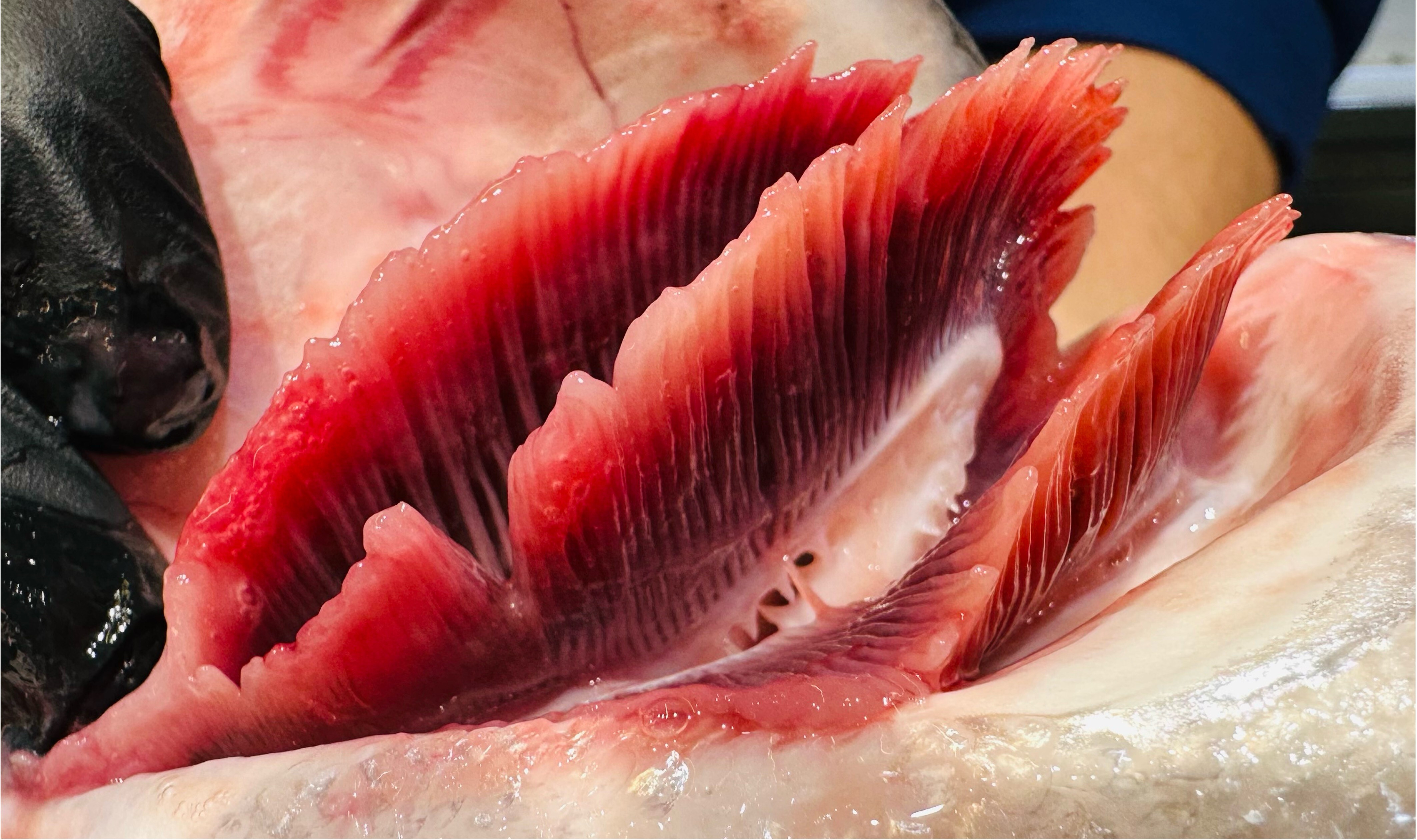Gill disorders is one of the main health issues in aquaculture within Norway and other countries in the Nordic hemisphere. The reason is often recurring delousing procedures which often result in severe stress inflicted on the fish. At worst, gill disorders can cause death or result in serious welfare issues, such as damage to the tissue.
In a new project titled ‘GillAlert’, coordinated by NORCE, researchers and industry will use a specific camera technology to determine the health of salmon gills.
– The technology is used for screening humans for skin cancer. By using a multi-spectral camera, you can examine properties of the tissue beneath the surface of the skin as an early screening measure for skin cancer. In this project, we will adapt the technology so that it can be used to study the health of salmon gills, says Senior Researcher in NORCE, Simon Menanteau-Ledouble.

